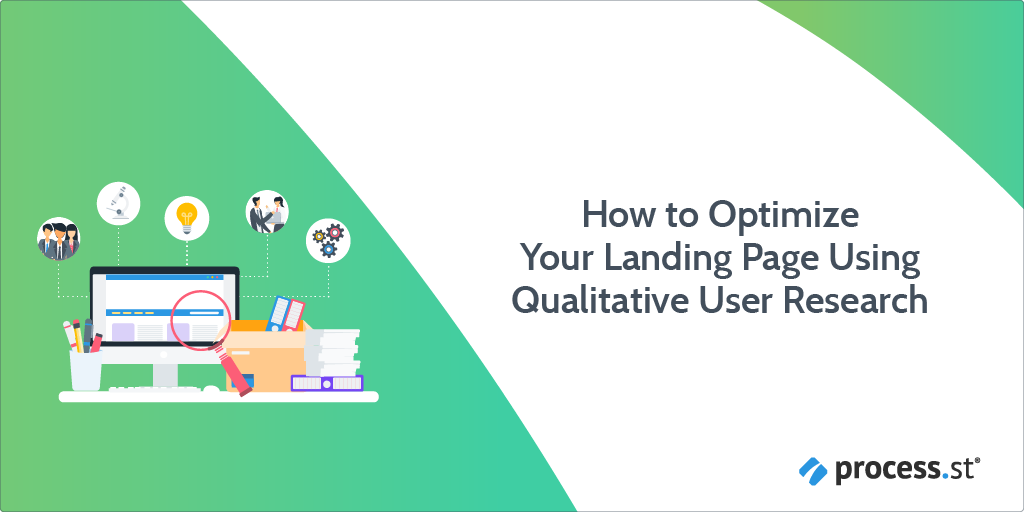 This is a guest post from Adam Enfroy. He writes about how to blog like a startup to 450,000 monthly readers at www.adamenfroy.com, & teaches his audience of New School Bloggers the tactics he used to scale his blog to $80k/month MRR.
This is a guest post from Adam Enfroy. He writes about how to blog like a startup to 450,000 monthly readers at www.adamenfroy.com, & teaches his audience of New School Bloggers the tactics he used to scale his blog to $80k/month MRR.
As a product marketer, increasing your landing page conversion rates through optimization has a significant impact on your bottom line.
You spend most of your time running A/B tests and tracking your conversion rates because you’re trying to optimize conversions and prove the ROI of your PPC campaigns.
Nonetheless, you still can’t seem to grasp why your visitors behave the way they do.
So, what’s your solution?
Using qualitative research to understand the reasons behind your visitors’ behavior so that you optimize your landing page and skyrocket your conversion rates.
In this article, I’ll explain the ROI of qualitative research, different methods to conduct it, and how to analyze your research data within your database. I’ll also demonstrate how Process Street’s superpowered checklists can help you perform optimized qualitative user research.
To jump to a specific section of the post click the appropriate link below. Alternatively, just keep scrolling.
- The value of qualitative user research for landing page optimization
- How to analyze your qualitative user research
- Landing page optimization in action using qualitative user research
- Use qualitative user research and boost your conversion
Ready? Let’s get started.

The value of qualitative user research for landing page optimization?
Quantitative research data gives you the numbers with little or no insight into what they actually mean. There’s little you can do to make sense of these numbers, leaving you stuck on what you need to do to improve conversions.
This is where the use of qualitative research data can help you.
Gain deeper insights behind visitor behavior
There will always be a reason behind every action that visitors take when on your landing page.
For example, your landing page visitors get subtle subconscious cues from the visual combinations you use, compelling them to take action. They elicit different emotions in your visitors in line with their values and attitudes, determining whether they will trust you or not.
Data from qualitative research tells you why your landing page visitors prefer certain visual combinations over others and the psychological associations they have with them.
It can also directly tell you how to fix bounce rates plaguing your conversions.
The visual combinations you use should complement your landing page copy and make it more compelling for improved conversions.
Luckily, plenty of website builders provide you with tips and insights to optimize bounce rates when building your landing page or website.
Klientboost compared the effectiveness of a green CTA button against an orange one.
Spoiler alert: the orange CTA outperformed the green one. Take a look:

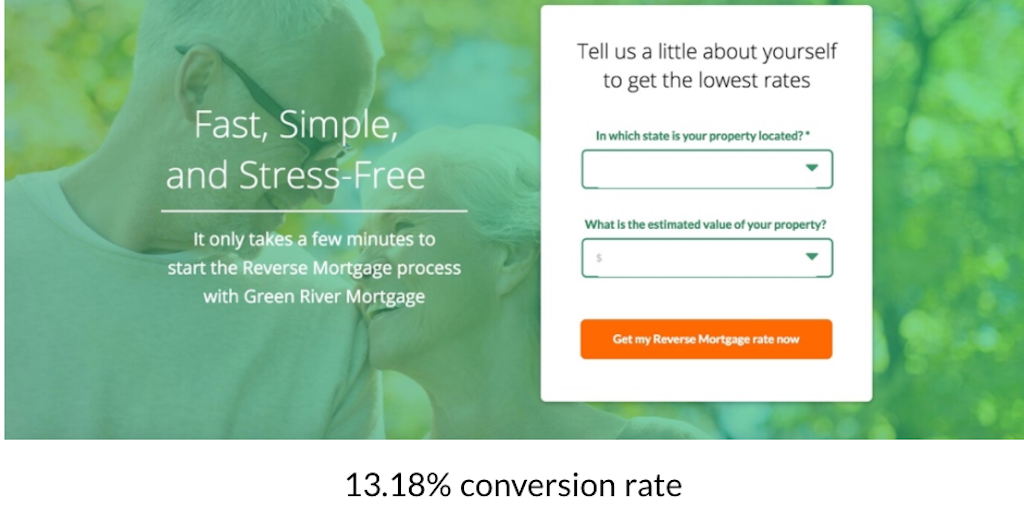
Why was this the case?
The green button blends in with the brand’s colors. Even if it is associated with balance and harmony, it never stood out as well as the orange one did.
Why orange? Because it is an aggressive color that breeds excitement and warmth.
This leads us on to the next important factor, choosing the correct color and tone…
Use a tone and style that helps you connect with your visitors
The kind of copy you use in your landing pages needs to mirror the language that your visitors use when describing their problems.
Qualitative research data provides you with your customers’ thoughts, feelings, and attitudes. This data allows you to understand their problems and the solutions they may need. You also gain an understanding of some of their psychological triggers which you can use when writing your landing page copy.
Say, for instance, you have data telling you that your customers are hellbent on avoiding a particular problem, and your product helps them achieve that.
Your landing page will mirror the same problem to them using the words and tone they used in your qualitative data to connect with them.
Your data will also help you identify their desires so that you mirror that in your copy to help you earn their trust and boost your conversions.
Here’s how Cubefunder does it on their landing page:
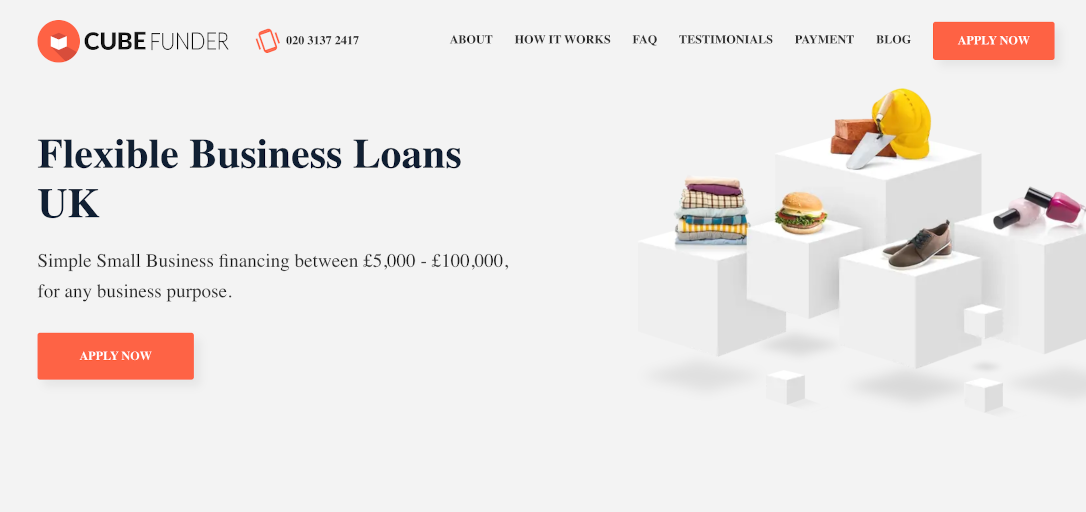
Given that this is a section of copy on their landing page, let’s check if the words visible in this image (or anything close to them) also show up in the Cubefunder’s reviews:
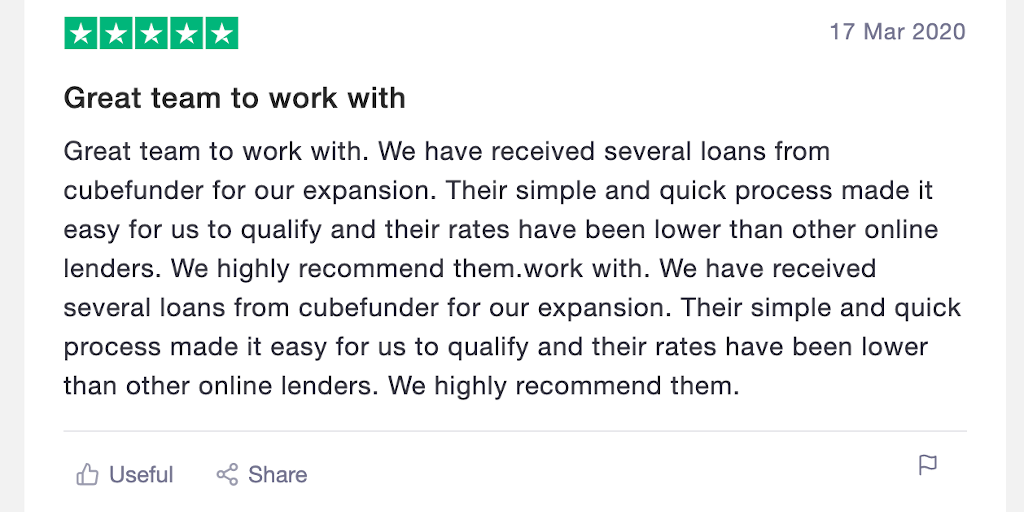
Keeping up with changing attitudes
73% of buyers expect you to understand their needs and expectations. According to ReferralCandy, this is called the buyer’s journey:
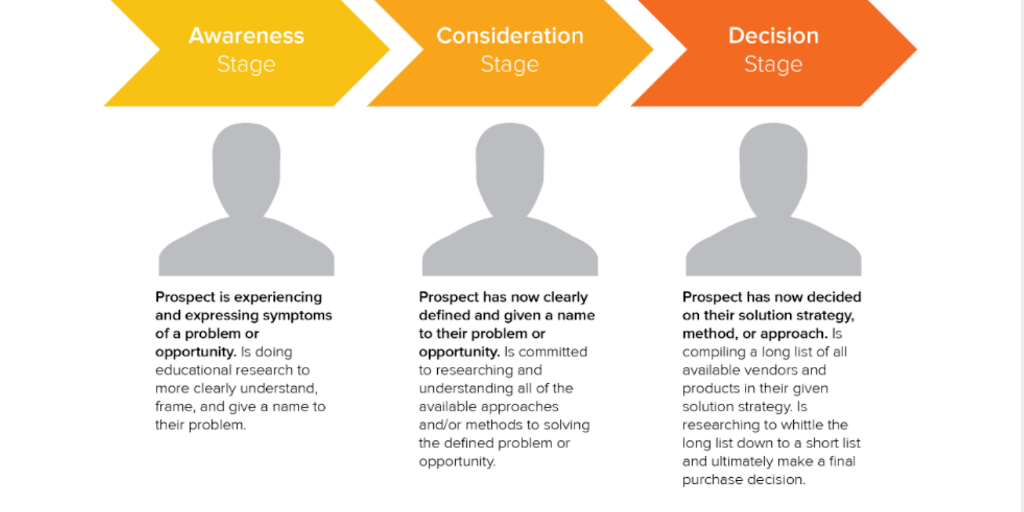
If you aren’t aware of what your customers want, you’re likely to come up with irrelevant offers, hurting your conversion rates in the process. For example, if your site is finance related, maybe your page needs a helpful cost calculator. If you’re providing how-to content, maybe video is what your customers are after.
Besides, evolving customer needs and expectations mean that you have new customer segments emerging, and you have to know this so that you customize your offers to meet their needs.
In that case, I’d recommend first learning how to start a blog, so you can address all of your customers’ needs properly and nurture them over time.
However, before you start creating content, just be sure to analyze the qualitative research data, which will let you know exactly what your customers need and expect from you.
The responses you get help you uncover their struggles so that you know what features to add to your product or create new products that meet their needs.
You might even find out that you’re serving one customer segment with different needs, so you create a long-form landing page with sections addressing each need.
So, how do you conduct qualitative research to get high-quality responses that will help you optimize your landing page for improved conversions? That’s what we’re talking about next.
How to conduct qualitative user research (and get the responses you need)
You know you need to conduct qualitative research. But which method do you use? What questions should you ask? How do you conduct your research efficiently? For starters, I recommend creating standard operating procedures (or SOPs) for your team to follow when conducting research.
Each of these methods below works well. We will start with what you need to know from your customers, free trial users, and landing page visitors to guide you on the questions to ask. So, here’s what you need to know to help you understand the reasons behind their actions on your landing pages:
- Why they signed up for your lead magnet or paid for your product – You want to know why your customers bought from you to help you uncover their buying triggers and understand what’s working well on your landing pages.
- What would have prevented them from taking action on your landing page and why – You want to know common objections and whether your landing page elements are addressing these objections.
- What landing page elements prevent them from taking action and why- Here, you want to improve their experience and remove distractions that lower your conversion rates.
With this in mind, let’s get started on qualitative user research methods:
1. Customer surveys
When conducting customer surveys, the goal isn’t collecting as much information as you want to, rather, the right information.
Assuming that you do send a thank you email after a customer buys from you or you have a sequence dedicated to welcome emails for new subscribers, the best time to do a customer survey is right after they buy or sign up for your lead magnet.
It doesn’t have to be too long and complicated — one question will do the trick.
Here’s what I mean…
Your welcome email:
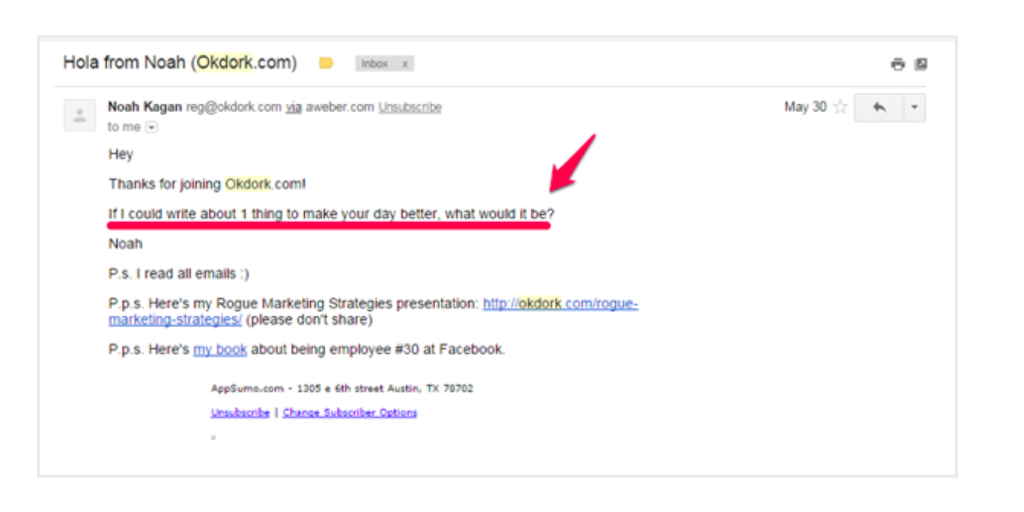
Here, you want to start a conversation with your new subscriber. You’re digging deeper to know their needs so that you position your product as their best solution both in terms of the offers you make and the copy you use.
Several themes emerge in these responses, and if you’re keen enough, the language the subscriber uses is unique to their segment. (we’ll talk about this in language analysis).
Your thank you email for your customers:
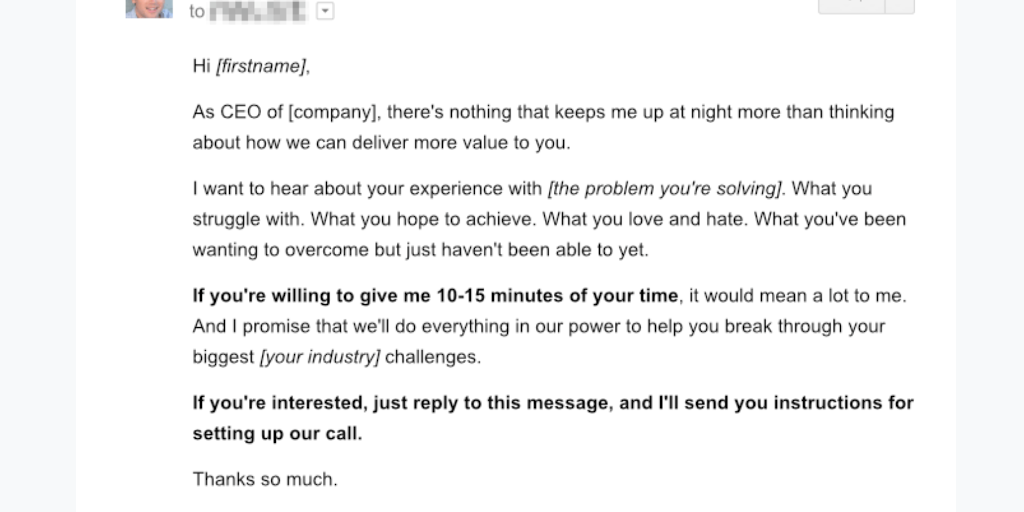
These emails don’t even look like surveys. They provide enough context, asking open-ended questions, making it easy for the recipient to respond.
Pro tip: Don’t worry about asking only one question in the email. The goal is to start a conversation with your subscribers and customers, opening the way for more questions that you have. Afraid you don’t have time to send these emails? No problem, just outsource it to a virtual assistant or a freelancer.
2. Customer service interactions
Your customer service conversations and live chat logs are a goldmine of qualitative data because this is where your customers air their frustrations concerning your product and what’s missing.
Ask your customer service team to show you common customer complaints concerning your product and the positive feedback they have received from customers. If you’re utilizing live website chat, you can easily dive into chat transcripts to read what customers are saying first hand.
3. Customer interviews
Talking to your customers allows you to gather deep insights about them because, as you listen, you understand them better.
These insights provide you with more context that helps you understand the responses you get from your surveys. Here, you have two options: Pick up your phone and call them or interview them on your podcast.
When planning to conduct customer interviews, use a sales automation tool to start running outreach campaigns to get people to interview with you.
To avoid back and forth emails to agree on a suitable date and time, the Woven calendar app comes in handy—you just need to include a link to your schedule. Once your customers click on it, they will see your availability and choose a date and time that works for them.
During your interview, mute your microphone whenever your customer is speaking to avoid interrupting them.
Also, request their permission to record the call, so that you can listen to the recording later and make sure you haven’t missed anything. Transcribe the interview to help you analyze their responses.
Usability testing
You need to understand how your landing page visitors use your landing page so that you eliminate distractions to improve their experience. Common distractions that occur are such as inconsistent ad scent, a hidden call to action button, unfriendly legal forms, unclear headlines, and testimonials that don’t inspire trust in your visitor. Here are three tests to conduct:
6-foot test
Stand six feet away from your landing page and see if your headline and call to action stand out from other elements on your landing page. Alternatively, have someone else do this test for you. If your headline and CTA aren’t visible from six feet, increase your headline’s font size and whitespace on your landing page to improve visibility.
5-second test
This test lets you know whether your offer and value propositions are clear to your visitors. Have someone sit in front of your landing page for five seconds then let them tell you what they got from it. (In case study #1, we’ll talk about how Unbounce fixed a landing page with an unclear offer and value proposition)
Web traffic surveys
Use a tool to ask your users questions on your landing page to know what elements prevent them from taking action.
You can also do this remotely by having a set of questions for your visitors to help you know why they aren’t taking action on your landing page. Take a look:
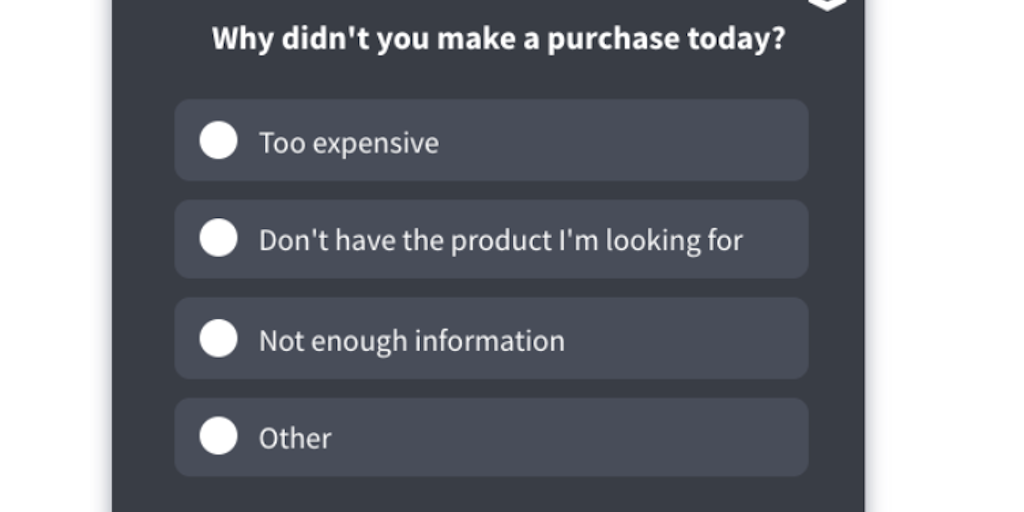
There you have it.
Which method will you use to collect your qualitative data?
Make a mental note of it because, during the analysis section, you’ll get plenty of a-ha moments!
How to analyze your qualitative user research
Depending on the data collection method you decide to use, it’s time to derive meaningful insights from your responses. Here, you’ll start connecting the dots between the numbers you get and your visitor’s behavior.
Step 1:
Sort out the responses to your questions based on their length. You’re going to end up with two groups of responses: Long and short responses. The longer your responses, the more details they have, so you want to pay attention to the next step.
Step 2:
Analyze the language in these responses to identify common themes that keep emerging.
Since you want your landing page visitors to trust you, you need to speak like you’re one of them by avoiding using language that alienates you from them.
Read through all the responses you have to connect with your visitors’ sentiments then note down words and phrases that appear frequently.
What themes do these words represent? Do they mention a specific thing about your product that they need? Is there a group that needs a new product to meet their needs?
Insert your responses into a word cloud tool for further analysis and to help you compare with what you wrote down when reading through your responses. Or alternatively, you could sit down with your team to do some mind mapping of your ideas on paper or whiteboard.
Step 3:
Using your word cloud results, you already have common words and themes that show up.
Create a hypothesis using the data you have and conduct an A/B test to see what you need to improve or change on your landing page for better conversions.
For example, your data might reveal that your visitors still have trust issues that prevent them from converting, yet you have been using text-based testimonials.
Your hypothesis will be:
If I added video testimonials to my landing pages, then I will have better conversion rates because 5 out of 10 buyers watch a video before buying.
Run your A/B test and see which landing page performs better then use it to improve your conversion rates.
Now, let’s look at more examples below to see how qualitative research data has improved landing page conversion rates…
Landing page optimization in action using qualitative user research
Case study #1:
Remember the 5-second test we spoke about earlier?
Oli Gardner from Unbounce asked website visitors if they understood what a given email marketing solution does upon reading the headline.
This headline to be exact:
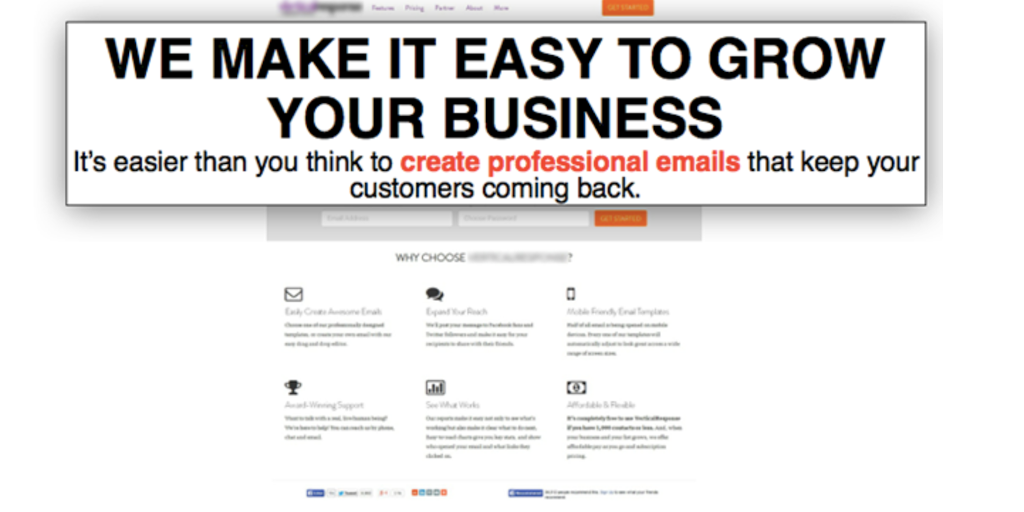
Is it immediately clear to you what that solution does for you? Yeah, I thought so too.
Yet isn’t it strange that only 6% of the respondents said that they understood what the email marketing solution does for them?
After tweaking and testing a new headline, 20% said they understood what’s in it for them.
Case Study #2:
In another example… Unbounce wrote an ebook, The Noob Guide to Online Marketing, and for visitors to get it, they had to tweet about it.
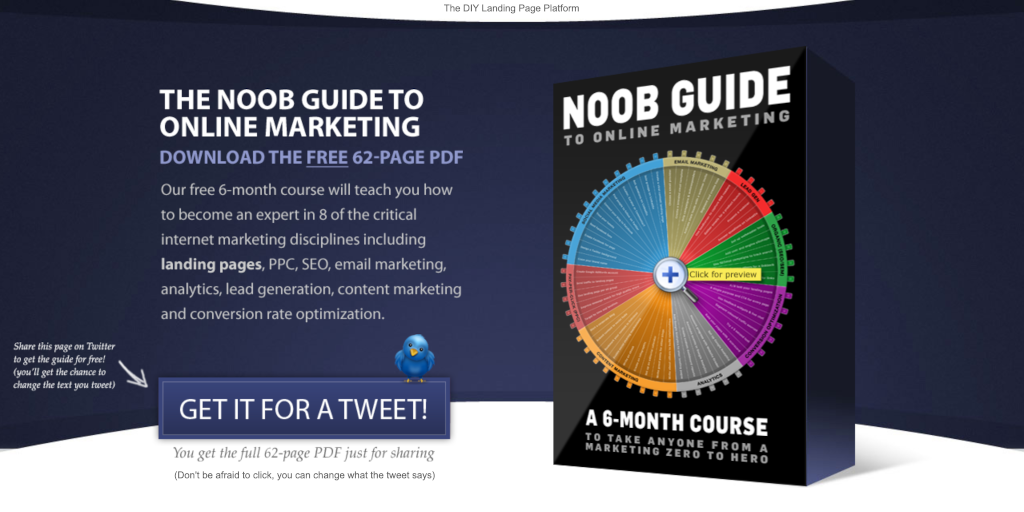
Initially, the conversion rates for this were 25% so, Oli did a usability test using Qualaroo, asking users why they didn’t convert and whether a tweet was enough to get an e-book.
He uncovered three significant objections in the responses he got:
5% of these visitors were afraid of what would happen after clicking the call to action button. Would they edit the tweet? Would the message automatically appear on their feed?
They didn’t want to share an e-book they hadn’t read
39% of the visitors preferred sharing their email addresses to get the e-book.
So, Oli added an infographic and a text preview, providing more information about the e-book. He also assured the visitors that they would edit the tweet before posting it, convincing them to take action.
The result?
Conversion rates shot up to 33%.
Use qualitative user research and boost your conversions
Your qualitative research data comes in to fill in the gaps left by your quantitative research data. Having read this far, you should know what you need to do to conduct your research.
Start with what you have. If you don’t ask your new subscribers and customers questions, add a question in your email series. If you’ve never done a usability test, start with the 5-second test. The idea is to start where you are and just keep moving.
On a final note, remember: your qualitative research data may not be as perfect as you want it to be. Work with the data you get and, over time, you’ll learn how to ask better questions and get better responses to help you optimize your landing page for better conversions.
If you’d like to learn more about optimizing your landing pages and all of your business processes, check out these Process Street articles:
- Marketing Events: Our ToolKit on How to Measure Your Events Success
- What is BPM Software? The Best Business Process Management Software (BPMS)
- What is TAM SAM SOM? How to Calculate and Use It in Your Business
- DMAIC: The Complete Guide to Lean Six Sigma in 5 Key Steps
- Prioritization Matrix 101: What, How & Why? (Free Template)
- 6 Powerful PPC Management Checklists to Run Paid Ads
- Gap Analysis: How to Bridge the Gap Between Performance and Potential
- How to Boost Your Productivity in 3 Effective Ways
- 6 Checklists to Perfect your New Employee Onboarding Process
- ISO 9001: The Ultimate QMS Guide (Basics, Implementation, ISO Templates)
We’d love to hear about the different ways you use qualitative user research to optimize your landing pages in the comments. Who knows? You may even get featured in an upcoming article!







Molly Stovold
Hey, I'm Molly, Junior Content Writer at Process Street with a First-Class Honors Degree in Development Studies & Spanish. I love writing so much that I also have my own blog where I write about everything that interests me; from traveling solo to mindful living. Check it out at mollystovold.com.